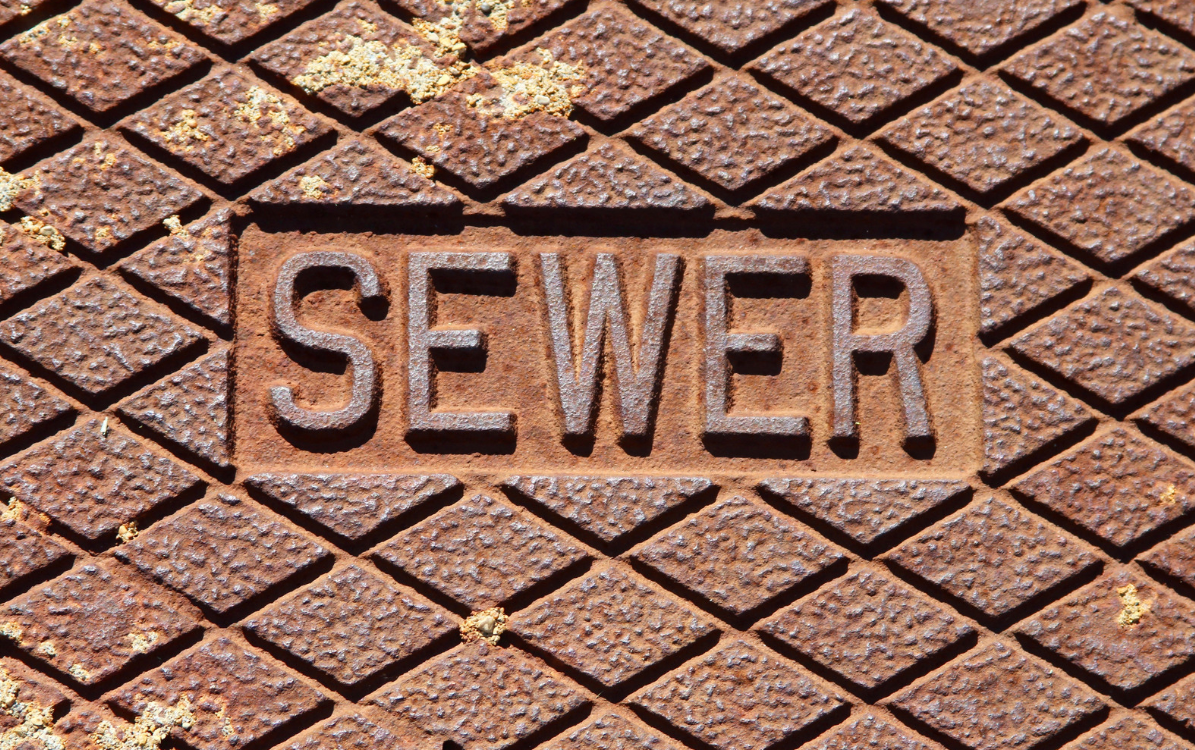
Sewers play an important role in the proper functioning of any home’s plumbing system. But not all sewers are created equal, and it’s important to understand the differences between them in order to make a well-informed decision when it comes time to install one. Let’s take a look at some of the most common types of sewers and their uses.
At Oak Plumbing, we have years of detailed experience with a wide variety of plumbing issues. We promise value for your dollar and offer special deals for all of your plumbing needs. Our skilled experts are certified for services like:
- Water filtration services
- Sewer repairs
- Gas and Water Leak Detection
- Toilet, Slab Leak, Pipe, and Gas Line Repairs
- Kitchen & Bathroom Plumbing.
If you are experiencing any water filtering issues, our expert plumbers are trained in a variety of different methods to help resolve each individual case. Contact us to find your trusted professional plumber and special offers today.
Septic Tanks
The most common type of sewer is the septic tank. A septic tank is typically located outside the house, in either a backyard or garage area. It consists of two compartments, each with its own outlet pipe connected to the main drain line that leads away from the house to a large holding tank called a leach field. The tank collects wastewater from various sources, such as sinks, toilets, showers, and dishwashers. This wastewater separates into solid waste (scum) and liquid effluent (clear water). Anaerobic bacteria break down the scum while the clear water is filtered through the leach field into the ground. Septic tanks need to be pumped regularly in order to maintain their effectiveness.
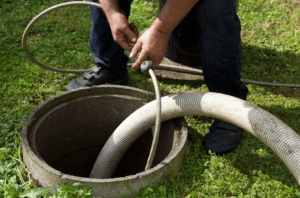
Gravity Sewer System
Gravity sewer systems are more commonly found in urban areas because they rely on gravity to move wastewater from its collection point to a centralized treatment facility. In most cases, gravity sewer systems have been in place for many years and require minimal maintenance due to their design.
Sewer Pipes
Another type of sewer is a sewer pipe system, which consists of pipes laid underground that connect homes to municipal waste treatment plants. These pipes are designed to transport wastewater away from homes quickly and efficiently so that it can be treated before being released back into the environment. The pipes come in different sizes depending on their purpose; for instance, larger diameter pipes are used for transporting more wastewater than smaller ones would be able to handle. In addition, these pipes may also contain grates or screens that prevent large objects from entering them and clogging up the system.
Storm Drains
Storm drains are another type of sewer system that helps divert rainwater away from homes and other structures in order to prevent flooding or damage from occurring due to excessive water accumulation. These systems consist of gutters or channels that lead runoff water away from buildings and toward designated areas where it can be collected safely without causing any harm or disruption. Storm drains help protect homes by allowing excess water to flow freely without damaging foundations or other structural components of buildings.
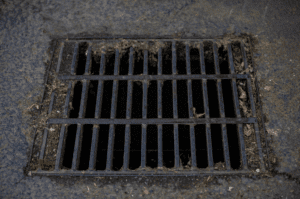
Trenchless Sewers
Trenchless sewers are one of the most expensive options for sewer installation, but they offer numerous benefits over other methods. The process involves drilling two small holes into the ground near either end of where the new sewer will be installed, then running a flexible pipe between them. This type of sewer requires minimal excavation and is typically less disruptive than traditional methods, making it an ideal choice for homeowners who don’t want to disrupt their landscaping or worry about repairs in the future.
Cast Iron Sewer Pipes
Cast iron pipes have been around since Roman times and are still used today in many areas of construction, including sewage systems. Cast iron pipes are highly durable and can last up to 100 years if properly maintained. However, cast iron pipes can corrode over time due to moisture and acidity in the soil, so they require regular maintenance to ensure they remain functional for as long as possible.
Plastic Sewer Pipes
Plastic pipes are becoming increasingly popular for residential and commercial applications due to their low cost, flexibility, and durability. Plastic pipes come in various sizes from 1/2 inch all the way up to 8 inches and can be easily joined together using fittings such as couplings or elbows without requiring any special tools or techniques. Plastic pipes require little maintenance but should be inspected regularly for signs of wear or damage.
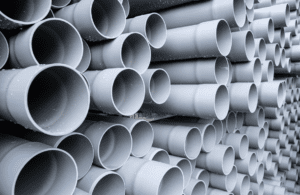
Sewer Systems
Sewers are systems that are used to collect, transport, and treat wastewater generated by homes and businesses. These systems can be quite complex and vary depending on the size of the facility, its location, and the type of wastewater being treated.
- Combined Sewer Systems: The most common type of sewer system is the combined sewer system (CSS). This system combines both sanitary waste and stormwater into one pipe. The advantage of these systems is that they are relatively inexpensive to install and maintain. However, during periods of heavy rainfall or snowmelt, these systems can become overwhelmed with water, resulting in overflows that can lead to contamination of nearby waterways or flooding.
- Separate Sewer Systems: Separate sewer systems are designed to keep sewage from entering bodies of water. In this system, there is a separate pipe for each type of waste—sanitary waste flows through one pipe, while stormwater flows through another. Separate sewer systems are more expensive than combined sewers but offer greater protection against contamination from sewage overflows.
- Pressurized Collection System: Pressurized collection systems use air pressure instead of gravity to move wastewater from buildings to a central treatment plant. These systems do not require large pipes as traditional collection systems do; instead, they make use of small-diameter pipes connected together in a network throughout an area. This allows wastewater to be transported over longer distances with less energy than traditional collection systems require. However, pressurized collection systems can be more expensive than other types due to the complexity involved in their design and installation.
- Low-Pressure Sewer System: Low-pressure sewer systems use pumps to move wastewater from its collection point to a centralized treatment facility instead of relying on gravity like with gravity sewer systems. These systems are typically more expensive than other types but require less maintenance since they don't need to be regularly cleaned or serviced as other types do. Additionally, they are often used when there isn't enough space or grade change needed for a gravity system to function correctly.
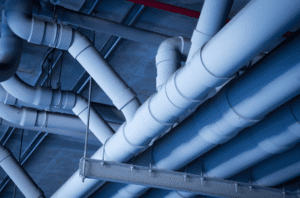
-
Sewer Types, Which One is Right For You?
When it comes down to choosing which type of sewer best suits your needs, there are several factors you should consider—the size and layout of your property, how much wastewater needs disposing of daily, and what local regulations need addressing—but understanding what each type does will help you make an informed decision about which one is right for you and your home’s particular situation. Whether you opt for a septic tank, sewer pipe system, storm drains, or something else altogether – understanding how they work can go a long way toward helping you make sure your plumbing system runs smoothly now and for years into the future!
Oak Plumbing was established to bring masterful plumbing to our community. We are experts at repairing sewer lines. Our highest values are providing sterling customer service and keeping your family safe. That is why we only employ licensed and background-checked experts. Between our professional employees and our commitment to our customers, there's a very good reason why most of our customers give us five-star reviews. Contact us to find your trusted professional plumber and special offers today.

